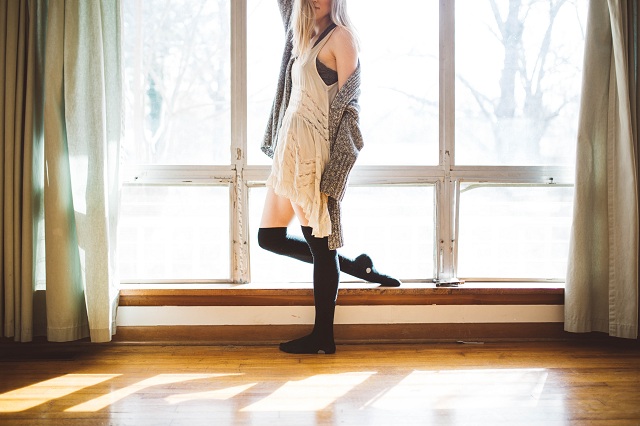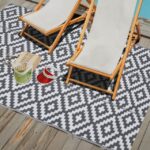
When it comes to improving the blood flow in the legs and preventing leg swelling, wearing compression socks is one of the easiest and most practical solutions. As blood circulates in the body and has to flow back to the heart against the will of gravity, problems like impeding the flow of blood, weakness of the veins’ walls and lack of movement can be the cause of swelling, achiness, leg fatigue and in worst of cases – forming a venous clot. Compression socks can help blood in the veins return to the heart. Thus, people with varicose and spider veins are often prescribed to wear compression socks to prevent forming blood clots.
There are different kinds of compression socks and it is best if a physician determines which type you should wear. Wearing the wrong type is not only not beneficial, but it can worsen your problem as well. Regarding pressure, they can vary based on the degree of compression ranging as follows: 15-20, 20-30 and 30-40 mmHg. The higher the number, the greater the compression. A simple rule of thumb is to go for mild compression (under 15 mmHg) for healthy people, moderate compression (15-20 mmHG) for people who spend their days standing most of the time and high compression (20-30 mmHg) or the “medical-grade” for serious health problem. Regarding the variations in length, they can be from knee high to the top of the thigh. Putting on thigh or knee high socks compression type can be hard, so you can apply lotion to the legs and let it dry before you put them on or you can use baby powder instead in order to make it easier for you.
Everyone can wear compression socks, even healthy people. Pilots, flight attendants, nurses and pregnant women can wear them to improve comfort in their everyday activities, runners can wear them to improve their athletic performance or to prevent injury, whereas people recovering from a surgery and people at a high risk for blood clots should wear them for obvious health reasons. The greatest benefit of wearing the right knee high socks compression type can be seen in people suffering from deep vein thrombosis, people with leg ulcers or leg swelling as well as those with circulatory problems. Furthermore, wearing the socks has other benefits like protection from scratches and abrasion and they can also provide warmth on colder days. However, people with peripheral neuropathy or any other skin infection should avoid them.
Finally, the time and place for wearing compression socks depend on the activities you do. For symptomatic vein diseases, you should wear them for the whole day while you are awake, except for bathing. There is no need for anyone to wear them in bed. The best time to put them on is in the morning when you are still in bed before blood begins to flow in the lower part of the legs. For non-medical reasons, you should wear them only during the activities during which you need more comfort.
















